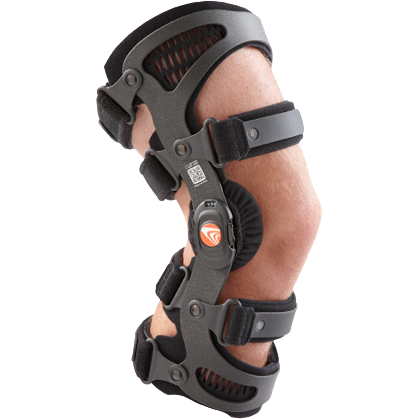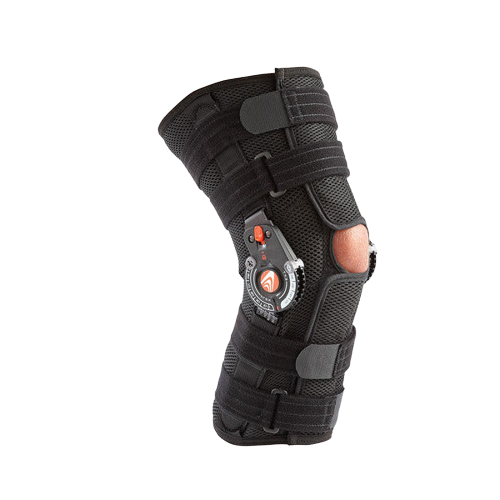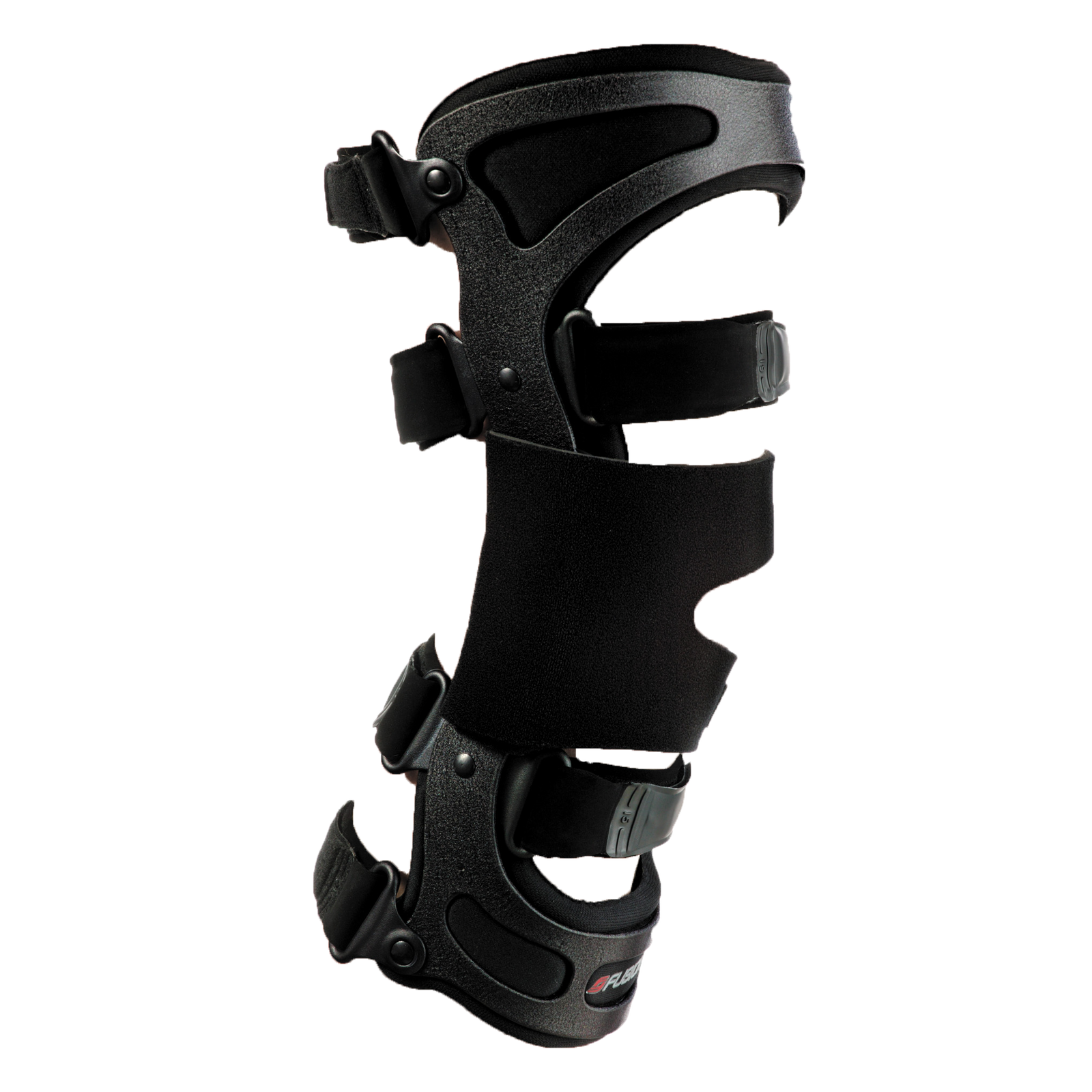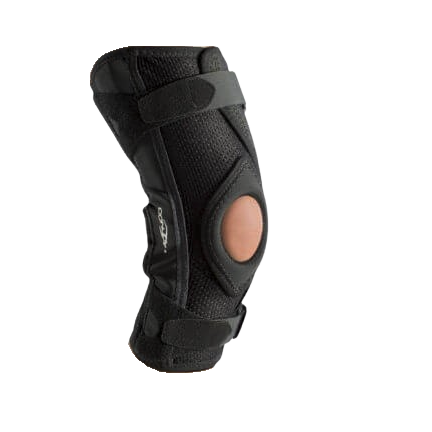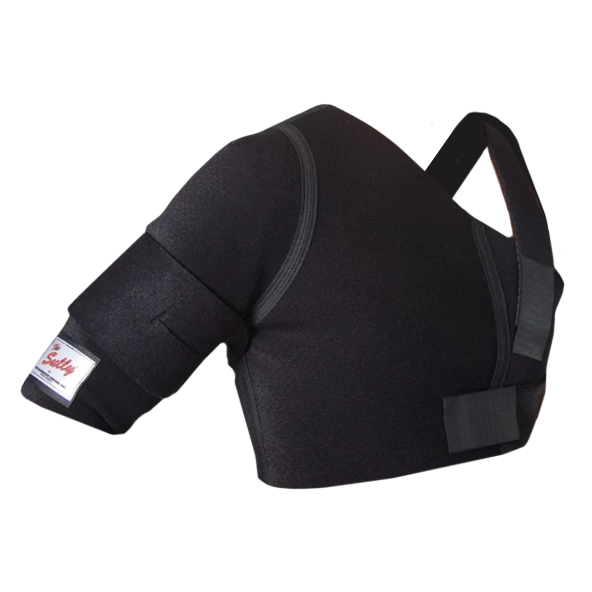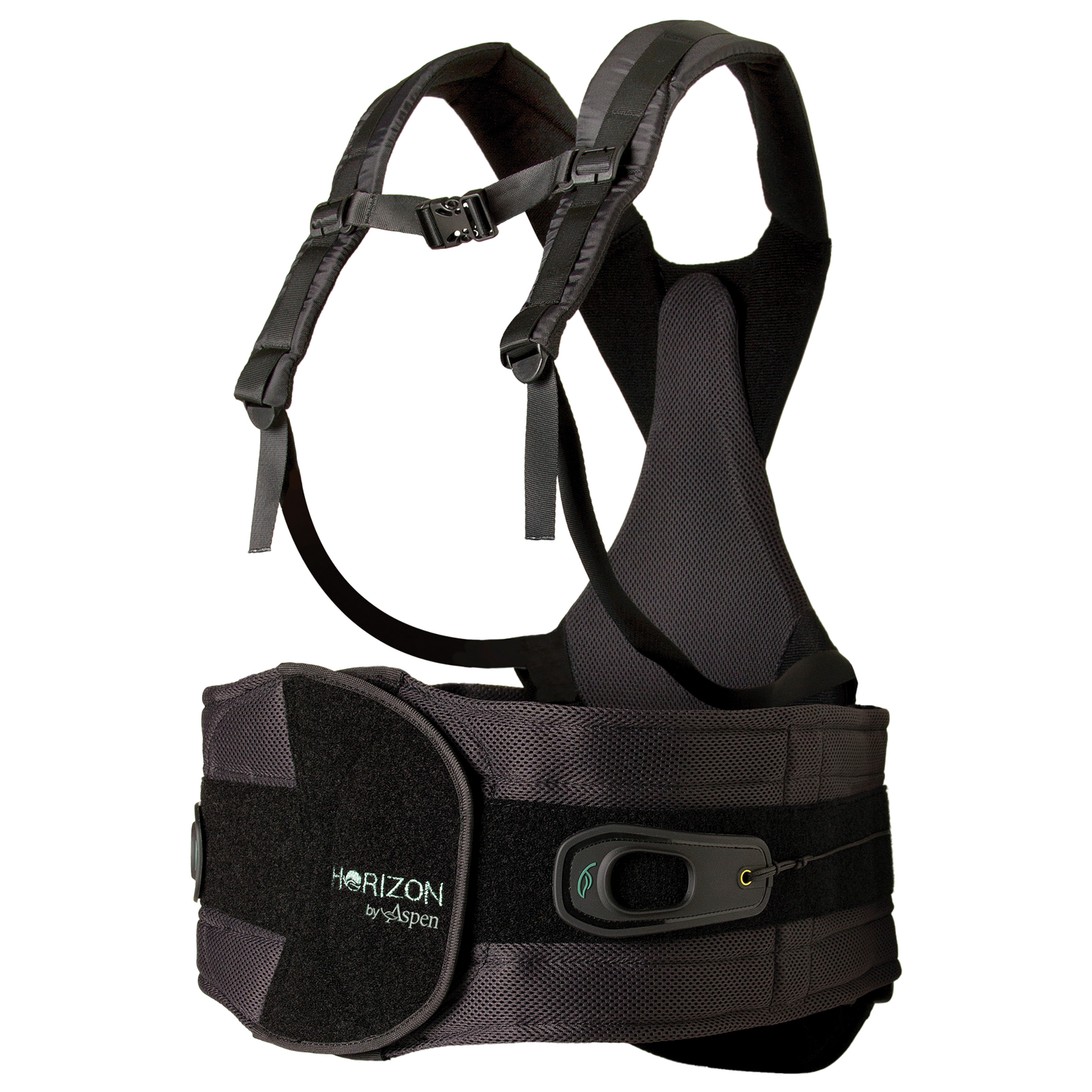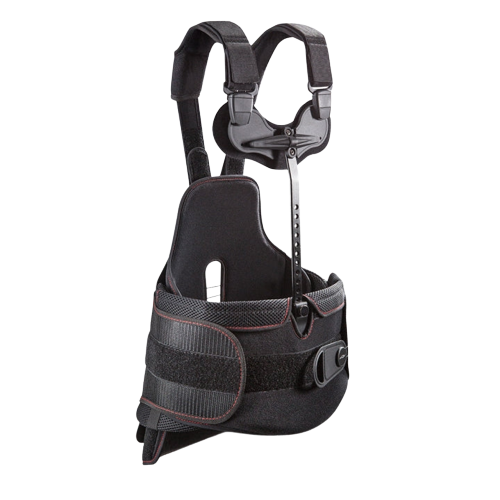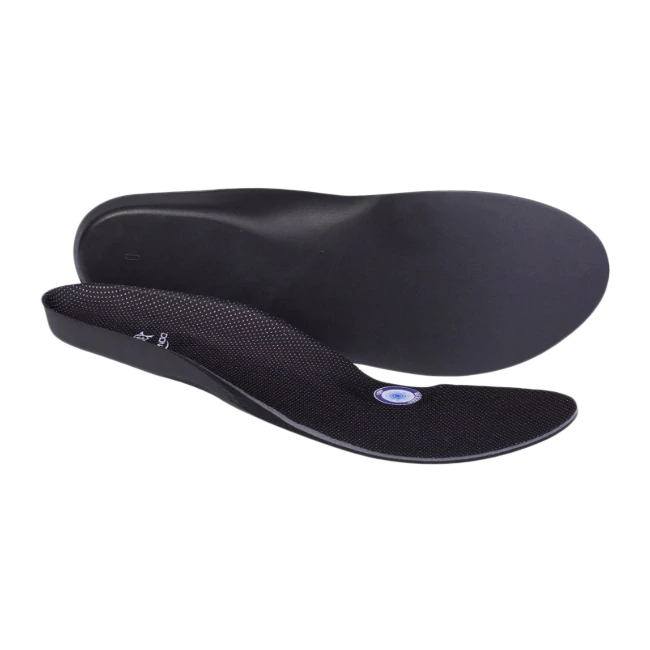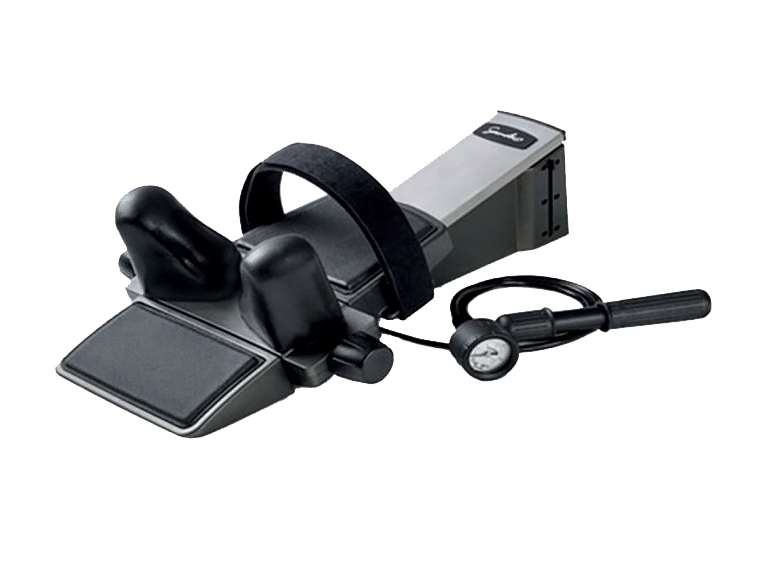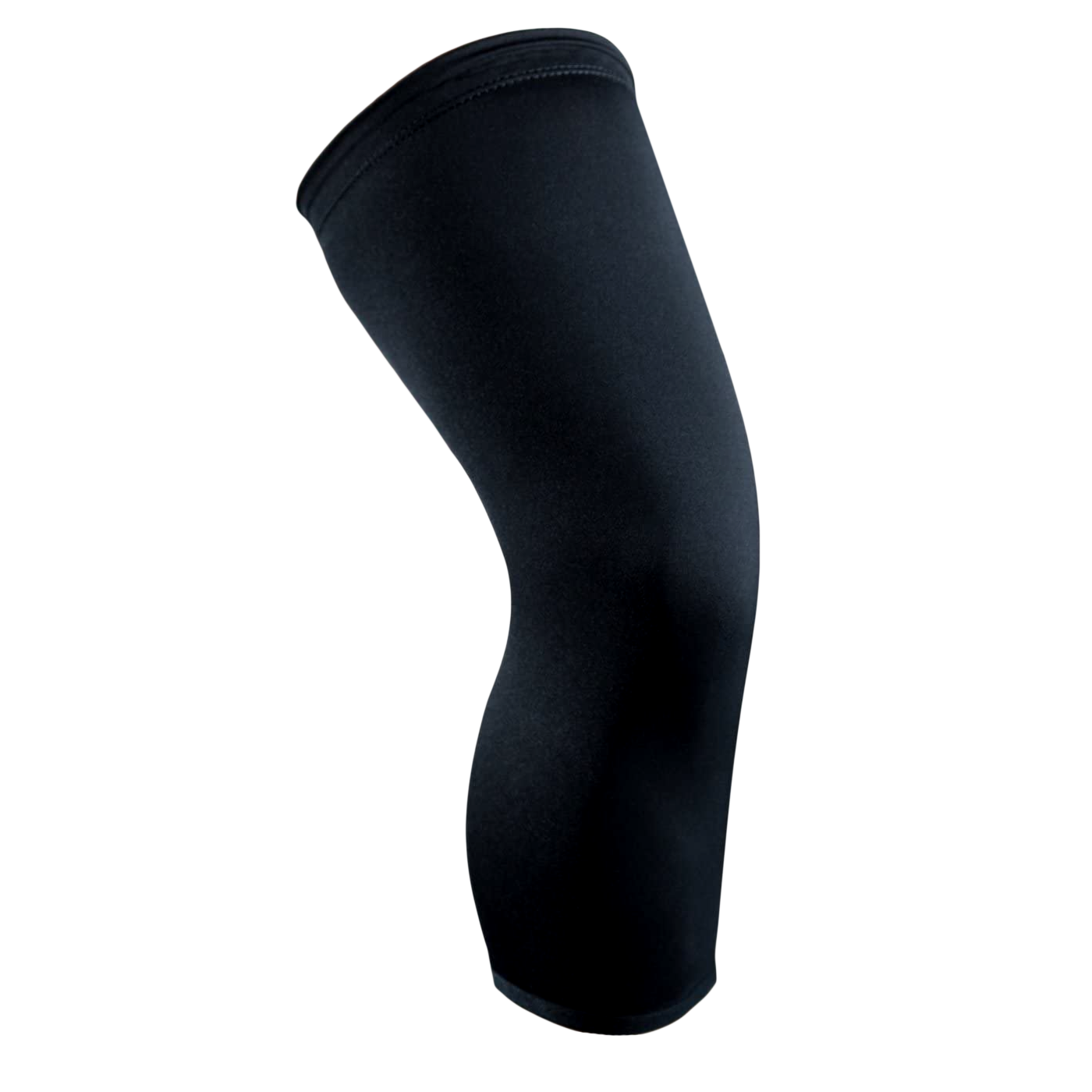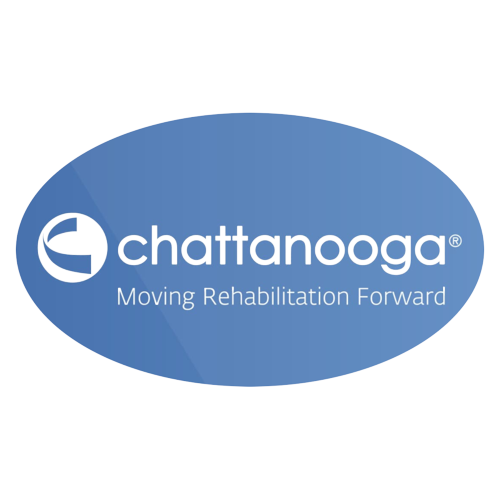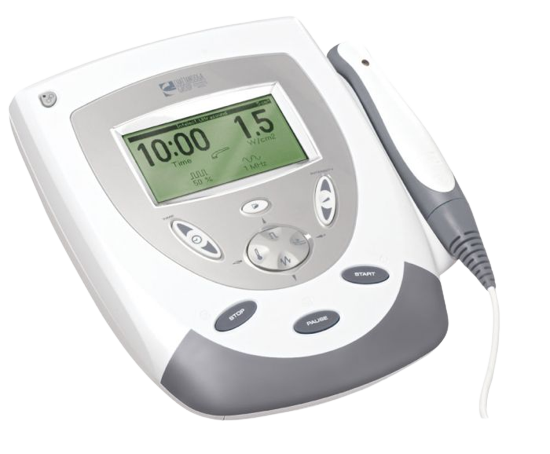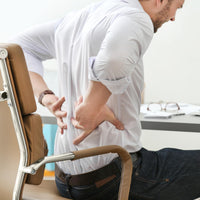
Key Takeaways:
- Understand Your Injury: Familiarize yourself with common ankle injuries and their causes to manage your recovery better and prevent future issues.
- Commit to Rehabilitation: Engaging in a structured ankle rehab program improves strength, range of motion, and balance, leading to a more effective recovery.
- Monitor Progress: Track your recovery journey by setting realistic goals, measuring progress, and adjusting your exercise routine with professional guidance to ensure optimal healing.
At OrthoBracing, we understand how challenging recovering from an ankle injury can be, and we're here to help make that journey smoother. Whether you're dealing with a sprain, strain, or post-surgery recovery, our top-quality braces and cold therapy solutions are designed to support you in regaining mobility and reducing pain. With the right tools and guidance, you can heal faster and get back to your normal routine.
Ankle injuries can significantly impact your daily life, turning simple movements into difficult tasks. Whether it's a sports injury, a slip, or post-surgical recovery, getting back on your feet can feel like a slow process. However, with the proper ankle rehab exercises, you can accelerate your recovery, strengthen your ankle, and improve mobility, reducing the risk of future injuries.
In this article, we’ll walk you through the most effective ankle rehab exercises designed to restore strength, flexibility, and stability. Whether you’re just beginning your recovery or looking to advance your rehabilitation, these exercises will help you regain confidence in your movement. Let’s start your path to a full recovery!
Understanding Ankle Injuries: Common Causes And Types
Ankle injuries are a widespread affliction that can impact individuals of all ages and activity levels. While they often occur during sports and physical activities, everyday actions like walking on uneven surfaces or even a misstep can lead to significant injury. Understanding the common causes and types of ankle injuries is crucial for effectively managing and preventing future occurrences.
Common Causes of Ankle Injuries
- Twists and Rolls: The most common cause of ankle injuries is the foot's sudden twisting, turning, or rolling motion. This often happens when the foot lands awkwardly after jumping, abruptly changing direction, or stepping on an irregular surface.
- Falls and Trips: Falling or tripping can force the ankle into an unnatural position, leading to sprains or fractures.
- Impact and Overuse: Direct impact from objects or overuse during rigorous activities can cause strains, sprains, and other ankle injuries. Prolonged periods of physical activity without adequate rest increase the risk of ankle injuries due to overuse.
- Improper Footwear: Wearing shoes that do not provide sufficient support or fit poorly can contribute to the development of ankle problems.
Types of Ankle Injuries
- Sprains: Ankle sprains are the most common type of ankle injury. They occur when the ligaments that support the ankle stretch beyond their limits or tear due to sudden twisting or impact.
- Strains: Strains affect the muscles and tendons surrounding the ankle. They result from overstretching or tearing these tissues.
- Fractures: Ankle fractures involve a break in one or more of the bones that constitute the ankle joint, such as the tibia, fibula, or talus.
- Tendonitis: Tendonitis is inflammation of the tendons in the ankle, usually caused by overuse or improper use during physical activities.
- Arthritis: While not an injury per se, arthritis can develop in the ankle joint due to wear and tear over time, leading to pain and decreased mobility.
Importance of Proper Diagnosis and Treatment
Prompt and accurate diagnosis of the specific type of ankle injury is essential for effective treatment and recovery. If not properly managed, ankle injuries can lead to chronic pain, instability, and increased susceptibility to future injuries.
Consulting A Healthcare Professional: When To Seek Help
Recovering from an ankle injury—whether it's post-surgical or due to a traumatic event—requires a cautious and well-informed approach. While engaging in ankle rehab exercises is a critical step toward regaining strength and mobility, recognizing when to consult a healthcare professional is equally important.
Identifying the Need for Professional Guidance
In the recovery journey, the line between pushing yourself for progress and risking further injury can sometimes blur. Here are some clear indicators that it's time to seek professional help:
- Persistent or Increasing Pain: While some discomfort is anticipated during rehabilitation, persistent or escalating pain is a telltale sign that you must pause and consult a healthcare provider.
- Limited Progress: If you notice a plateau in your recovery progress or a decline in your ankle’s functionality, advice from a specialist can help realign your rehab exercises with your recovery goals.
- Swelling or Redness: These could be signs of inflammation or infection, particularly if accompanied by warmth or tenderness around the ankle area. A healthcare professional can determine the underlying cause and adjust your treatment plan accordingly.
- Uncertainty About Exercises: If you're unsure about the correct execution of rehab exercises or how to adjust them to your recovery stage, a physical therapist can provide valuable insights and personalized guidance.
The Role of a Healthcare Professional in Ankle Rehab
A healthcare professional, such as a physical therapist, is pivotal in ensuring your ankle rehab exercises are tailored to meet your recovery needs. They can:
- Assess Your Recovery Stage: An evaluation will help tailor the exercises to your specific recovery phase, optimizing outcomes while minimizing re-injury risk.
- Provide Customized Exercise Plans: Based on their assessment, they will design a rehab program that addresses your unique rehabilitation requirements, focusing on improving strength, flexibility, and mobility.
- Offer Techniques for Pain Management: Professionals can suggest methods, such as cold therapy, to effectively manage pain and swelling.
- Monitor Your Progress: Regular check-ins with a healthcare provider allow for adjustments to your rehabilitation plan, ensuring it evolves with your recovery progress.
Warm-Up Exercises: Preparing Your Ankle For Rehab
Before delving into the core ankle rehab exercises, it's crucial to warm up the area to enhance blood flow and prepare the muscles and ligaments for the upcoming physical activity. This preparatory phase can significantly aid in a smoother rehabilitation process, helping regain strength and mobility and decreasing the risk of further injury. Here are some effective warm-up exercises designed to activate and stretch your ankle gently.
Toe-To-Heel Rocks
- Position: Stand with your feet hip-width apart, ensuring you have something nearby to hold onto for balance if needed.
- Movement: Gently shift your weight onto your heels, lifting your toes off the ground as high as comfortable. Hold this position for a moment, then shift your weight forward onto your toes, lifting your heels off the ground.
- Duration: Repeat this rocking motion for 1-2 minutes, gradually increasing the range of motion as your ankles warm up.
Ankle Circles
- Position: Sit in a chair with your feet flat on the ground. Lift one foot off the floor.
- Movement: Slowly rotate your lifted foot, drawing circles in the air with your toes. Be sure to rotate in both clockwise and counterclockwise directions.
- Duration: Perform this movement for 30 seconds in each direction before switching to the other ankle.
Towel Stretch
- Position: Remain seated and extend one leg before you, keeping the other foot flat.
- Equipment: Loop a towel or resistance band around the foot of your extended leg.
- Movement: Gently pull on the towel, drawing your toes towards you while keeping your knee straight. This should gently stretch your calf and the bottom of your foot.
- Duration: Hold the stretch for 15-30 seconds, then release. Repeat 2-3 times on each foot.
Achilles Tendon Warm-Up
- Position: Stand facing a wall with your hands placed at eye level on the wall.
- Movement: Place one foot behind the other, keeping the back heel on the floor and bending the front knee slightly. Lean forward towards the wall until you feel a gentle stretch in the Achilles tendon and calf of the back leg.
- Duration: Hold this position for 30 seconds, then switch legs. Repeat 2-3 times per leg.
Effective Ankle Strengthening Exercises
Below, we outline several effective exercises designed to strengthen the ankle, enhance mobility, and promote healing. Always consult with your healthcare provider before starting any new exercise regimen to ensure it's appropriate for your specific condition.
Ankle Alphabet
This simple yet effective exercise helps improve ankle range of motion and mobility. Sit comfortably and lift your recovering foot slightly off the ground. Using your big toe as a pointer, trace the alphabet in the air, moving only your ankle. The variety of movements in writing each letter allows for a comprehensive range of motion exercise.
Toe Towel Curls
Toe towel curls strengthen the muscles in your foot and improve ankle stability. Place a small towel flat on the ground and sit in a chair before it. Keeping your heel on the ground, use your toes to scrunch the towel towards you, then slowly stretch it back out. Repeat for several repetitions to effectively engage the muscles in the sole of your foot and your lower leg.
Heel Raises
Standing heel raises are excellent for strengthening the calf muscles, which support your ankle. Stand behind a chair and hold onto it for balance. Slowly raise your heels off the ground, elevating onto your toes, then gently lower them back down. Perform multiple sets of 10-15 repetitions, ensuring smooth, controlled movements throughout.
Ankle Eversion And Inversion
This exercise helps strengthen the muscles around the ankle and improve its stability. Sit with your leg extended and use a resistance band looped around the foot (the other end can be secured to a stationary object or held in your hand). For eversion, gently turn your ankle outward against the resistance of the band, then slowly return to the starting position. For inversion, turn your ankle inward. Perform multiple sets of 10-15 repetitions for each direction.
Balanced Single-Leg Stand
Improving balance is crucial for ankle stability and preventing future injuries. Stand behind a chair and lift one foot off the ground, balancing on the other foot. Hold this position for 30 seconds to 1 minute, then switch feet. Try performing this exercise without holding onto the chair as your balance improves.
Balance And Coordination Exercises: Regaining Stability
Incorporating balance and coordination exercises into your ankle rehab regimen can vastly improve the stability and overall function of the ankle joint. Below, we outline several exercises designed to strengthen your ankle, enhance mobility, and restore balance.
- Single-Leg Balance: This fundamental exercise is perfect for beginners. Stand behind a chair or next to a wall for support if needed. Lift one foot off the ground, maintaining your balance on the other foot. Hold this position for 30 seconds to a minute before switching to the other leg. As your balance improves, try to do this exercise without support.
- Heel-to-Toe Walk: This exercise mimics a tightrope walk, which enhances your coordination and balance. Place the heel of one foot directly in front of the toes of the opposite foot as if walking on a line. Take 20 steps forward, then slowly walk backward in the same manner. Focus on keeping a straight line to maximize the benefits.
- Standing Alphabet: This exercise improves ankle dexterity and motion range. Stand on one foot and lift the other slightly off the ground. Using the lifted foot, pretend to write the alphabet in the air, moving only your ankle. This movement encourages flexibility and control within the ankle joint.
- Balance Board Exercises: Using a balance board can significantly advance your stability and strength. Stand on the board with feet shoulder-width apart. Shift your weight to maintain control as the board tilts. This exercise engages the ankle and surrounding muscles, challenging your balance and enhancing coordination.
Final Thoughts
Recovering from orthopedic surgery can be challenging, but with the right ankle rehab exercises, you can make significant strides toward regaining strength and mobility in your ankle. It's important to remember that each step forward is a victory, and patience is key. By following a structured regimen of exercises, possibly supplemented by high-quality orthopedic supports and cold therapy solutions for pain relief and swelling management, you will be setting yourself up for a successful recovery.
At OrthoBracing, we understand the importance of quality and reliability in your recovery journey. That's why we offer a range of products from trusted brands like AirCast, Breg, Chattanooga, DonJoy, and Exos. These brands represent the pinnacle of orthopedic surgery recovery and pain relief solutions, enabling us to support our valued proposition to our customers. Remember, the right tools and exercises can make all the difference in overcoming recovery hurdles.
We encourage you to adopt these ankle rehab exercises as part of your daily routine, working closely with your healthcare provider to tailor them to your recovery requirements. Recovery is not just about healing; it's about regaining the quality of life you enjoyed before your injury.
Read also:
- The 7 Best Cold Therapy Machines for Faster Recovery Times
- How To Use An Ice Machine For Knee: Step-By-Step Guide
- How Long to Use Cold Therapy After Surgery
Frequently Asked Questions About Ankle Rehab Exercises
Can ankle rehab exercises help prevent future injuries?
Yes, ankle rehab exercises can be crucial in preventing future injuries. These exercises can enhance your ankle's stability by focusing on strengthening the muscles around your ankle and improving flexibility and balance. This not only aids in the recovery process following orthopedic surgery but also reduces the risk of recurring ankle issues.
How often should I perform ankle rehab exercises?
Frequency is key for the effectiveness of ankle rehab exercises. Typically, it's recommended to perform these exercises 2-3 times daily, depending on your recovery stage and the specific guidance of your healthcare provider. Consistency will ensure steady progress in regaining strength and mobility.
Are there any risks associated with doing ankle rehab exercises?
While ankle rehab exercises are generally safe, there's a minimal risk of overexertion or improper technique leading to strain or further injury. It's important to follow exercises provided by a professional and not exceed your current level of recovery. If you experience any pain or discomfort while performing these exercises, it's advisable to stop and consult with your healthcare provider.
Can I do ankle rehab exercises at home?
Yes, many ankle rehab exercises are designed to be done at home. This convenience allows for regular practice, which is crucial for effective recovery. However, ensuring that you're performing these exercises correctly is important. Utilizing resources or guidance from your healthcare provider can maximize their effectiveness while minimizing the risk of injury.
How long does it take to see results from ankle rehab exercises?
The timeframe for seeing results from ankle rehab exercises can vary. Progress depends on the severity of your injury, your overall health, and the consistency of your exercise routine. While some may notice improvements within a few weeks, it could take longer for others. It's essential to remain patient and committed to your rehab exercises for the best outcomes.
Should I use a brace while doing ankle rehab exercises?
Depending on the stage of your recovery, using a brace during ankle rehab might be beneficial. Braces can provide additional support and stability for the ankle, particularly during the early phases of rehab. It's important to consult your healthcare provider about whether a brace is appropriate for your situation.


